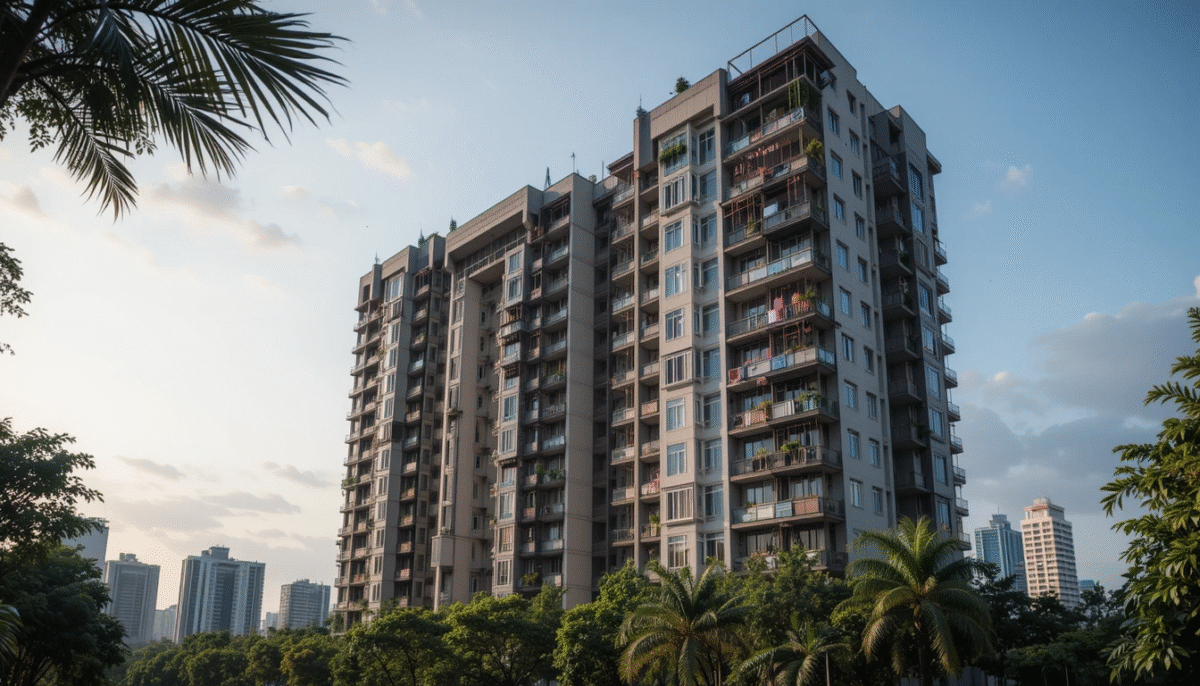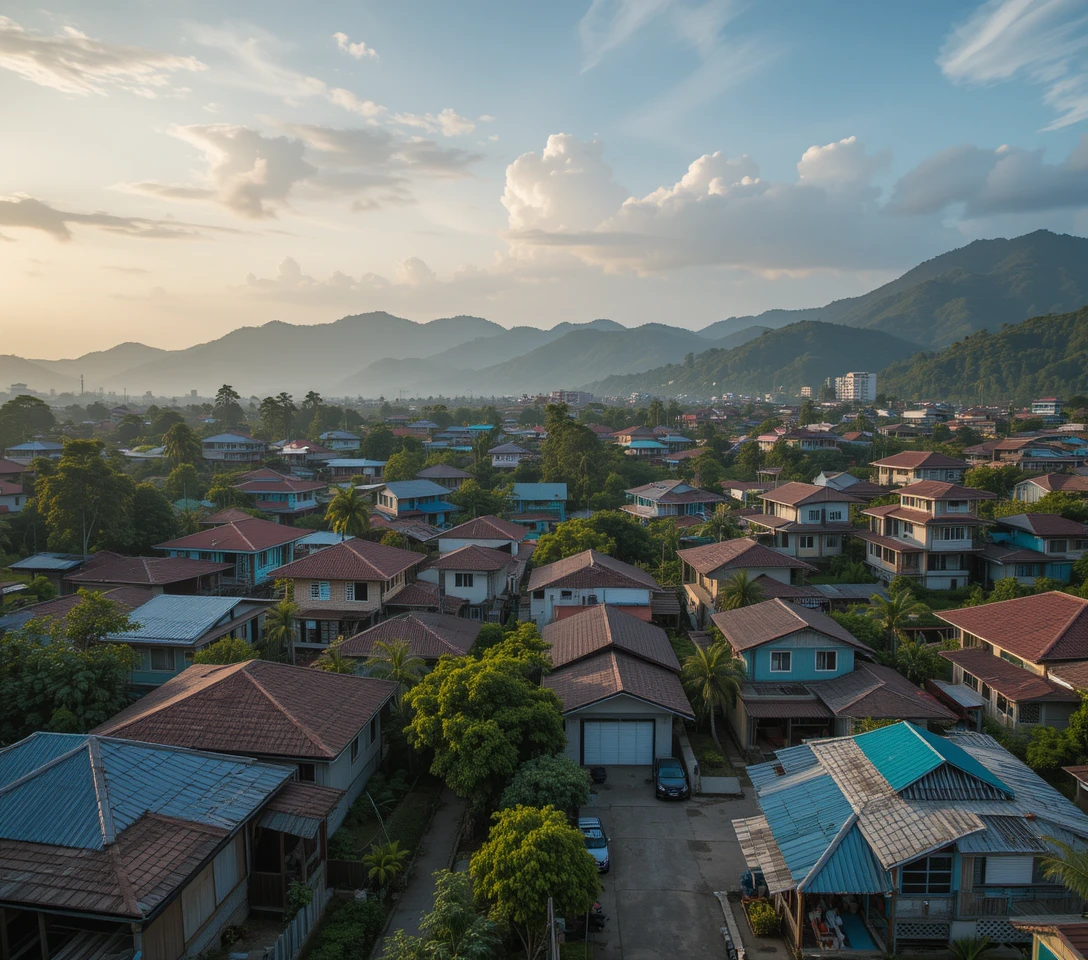Let’s be honest—buying a home in the Philippines isn’t always easy, but it’s definitely doable. Whether you’re looking for a cozy starter home in the province, a townhouse in Metro Manila, or one of the many homes for sale in the Philippines with a beachfront view, there’s something out there for you.
But finding it? That takes a bit more than scrolling through listings at midnight with a cup of coffee in hand (though we’ve all been there).
So, let’s have a real chat about homes for sale in the Philippines—the good, the bad, and the practical stuff you’ll wish someone told you sooner.
- Start with Your “Why”
- Province or City? This Is Big
- What Can You Afford?
- Where to Look (Besides the Obvious Places)
- Don’t Skip the Paperwork
- Buying a Home in the Philippines: Honest Lessons from a Reddit Post
- Financing Options You Can Actually Use
- Red Flags to Watch Out For
- What I’d Do Differently If I Could Buy Again
- Final Thoughts: Is Now the Right Time?
Start with Your “Why”

Before anything else, ask yourself: Why do I want to buy a home right now?
Is it for your family?
Are you tired of renting?
Looking for a long-term investment?
Planning to retire somewhere quieter?
For example, I had a friend, Arlene, who worked in BGC for over a decade. Tired of renting small condos with rising rates, she finally bought a modest bungalow in Laguna. It wasn’t her dream setup at first, but after a few years, with some renovations and a growing family, she couldn’t imagine living anywhere else.
Your reason matters—it’ll guide your budget, location, and how much stress you’re willing to take on during the hunt.
Province or City? This Is Big
Let’s compare two typical options:
Metro Manila:
Pros: Close to offices, malls, hospitals, and schools. Everything’s just around the corner.
Cons: Traffic. Pollution. Higher prices.
Provinces (like Batangas, Cavite, or Iloilo):
Pros: Bigger lots. More peace and quiet. Lower cost per square meter.
Cons: Commute might be long. Internet and water service could be spotty in some areas.
I used to rent a condo in QC. After five years, I moved to a small house in Antipolo. Sure, my commute doubled—but the fresh air, lower cost of living, and space for a garden made it totally worth it.
If your job is flexible or fully remote, living outside the city makes even more sense.

What Can You Afford?
Let’s talk money—but we’ll keep it simple.
If you have around ₱2 to ₱3 million, there are homes for sale in the Philippines that fit that budget. Some are located in developing provinces like Bulacan or parts of Rizal, where house-and-lot packages are still affordable.
If you’re looking at Metro Manila, though, that budget might only stretch to a condo or an older townhouse. Be realistic about what you’re paying for: location usually costs more than size or features.
Pro tip: Don’t forget these costs beyond the price tag:
- Property taxes
- Monthly amortization (if you’re financing)
- Association dues (for subdivisions or condos)
- Maintenance and repairs
That beautiful house might come with leaky pipes or outdated wiring—budget at least 5-10% extra for fixes.
Where to Look (Besides the Obvious Places)
We all know about the big real estate sites like Lamudi, Dot Property, or even Facebook Marketplace. But did you know:
- Barangay bulletin boards still post listings. Yep, old school works.
- Word of mouth is gold. Ask friends or relatives if someone’s selling nearby.
- Facebook groups (like “House and Lot for Sale Cavite”) are surprisingly active and often cheaper because listings come straight from owners.
A lot of hidden gems pop up in these places, especially if you’re on the lookout for homes for sale in the Philippines that aren’t posted through big developers or agents.
I once saw a two-story house in Tarlac listed for ₱1.5M in a private group. It wasn’t fancy, but it was clean, livable, and 10 minutes from town proper. A couple with a baby scooped it up in a week.
Moral of the story? Don’t just rely on ads that look like they were made by a marketing team.

House and Lot or Condo?
Here’s a quick breakdown to help you decide:
House and Lot
Good for: Families, long-term living, people who want land
Pros: You own the land. You can renovate however you want.
Cons: More maintenance. Higher upfront costs.
Condo
Good for: Singles, couples, people working in the city
Pros: Usually near malls, offices, and transport. Low maintenance.
Cons: Smaller space. You only own the unit, not the land. Monthly dues.
Condo living is great for convenience. But if you’re planning to settle down and raise kids, many prefer house-and-lot setups in quieter subdivisions.
👉 Curious about affordable condos in the city? Take a look at El Pueblo Condo in Manila. It’s one of the more budget-friendly options in Paco, and we’ve put together a detailed review so you can see if it fits your lifestyle and budget. Worth checking out if you’re leaning toward city living.

Don’t Skip the Paperwork
This is the part people hate—and for good reason. Titles, tax declarations, deed of sale, capital gains tax… it’s a lot.
But it’s also non-negotiable.
Here’s a simple checklist:
- Clean title under the seller’s name
- Updated property tax receipts
- Valid ID and authorization (if you’re dealing with an agent)
- Contract to sell / Deed of absolute sale
Also, check if the property is mortgaged. You don’t want surprises later.
If you’re unsure, pay a licensed real estate broker or a lawyer to help. It may cost a bit upfront, but it saves you from headaches later.

Real People, Real Homes for Sale in the Philippines
Let’s make this more real. Here are quick stories from people I know who recently bought homes for sale in the Philippines—different places, different situations, but the same goal: finding the right home.
Janice and Leo, a nurse and a seaman, bought a townhouse in Imus, Cavite for ₱2.6M. They started with Pag-IBIG financing, and after two years, paid off a big chunk using Leo’s bonus. Now they rent out one room through Airbnb to help with the rest.
Luis, a graphic designer, bought a 24 sqm studio condo in Makati for ₱4M. Yes, it’s small, but it’s walking distance to his office and the MRT. He says he saves more from not commuting than he loses from paying condo dues—proof that homes for sale in the Philippines don’t always have to be big to be practical.
Ninang Tess, in her 60s, sold her Quezon City home and moved to Baguio. With the extra money, she bought a bungalow with a garden. Now she spends mornings tending to her flowers, finally living the peaceful life she always wanted.
Everyone’s story is different—but they all made smart moves with the homes in the Philippines they chose. They didn’t wait for a “perfect” time. They looked at their needs, their budget, and made the best choice they could with what they had.
Buying a Home in the Philippines: Honest Lessons from a Reddit Post
If you’ve ever felt lost or overwhelmed while trying to buy a house in the Philippines, you’re definitely not alone. I came across this Reddit post where one user shared everything they learned during their homebuying journey—and it’s refreshingly honest.
They talked about unexpected costs, the stress of dealing with developers, and how delays from Pag-IBIG nearly pushed them to the edge. What stood out most? They had to follow up week after week just to get updates—because no one else was going to do it for them.
Others in the thread chimed in with their own experiences. Some warned about buying pre-selling units that took forever to finish. Others shared how they now insist on clean titles and full documentation before even considering a deal.
If you’re planning to buy your first home—or just want a no-fluff look at how things really go—check out the full post here: Everything I Learned Buying a House in the Philippines. It’s real, detailed, and full of advice you won’t find in brochures or sales pitches.
Financing Options You Can Actually Use
Unless you’re paying in full, chances are you’ll need financing. Here’s a quick overview:
-
Pag-IBIG Fund
- Great for first-time buyers
- Interest rates start low
- Long payment terms (up to 30 years)
-
Bank Loans
- Higher loan amounts
- Quicker processing if you have a stable income
- Stricter requirements
-
In-House Financing
- Offered by developers
- Easier approval
- Shorter terms, higher monthly payments
Pag-IBIG is perfect for employees and OFWs. Just make sure your contributions are up to date. And banks? They’re great if you’ve got the documents and credit score to back it up.

Red Flags to Watch Out For
Some sellers… let’s just say, aren’t exactly honest. Be on the lookout for:
- Titles under multiple names (hard to transfer)
- Properties inside informal settlements
- Too-good-to-be-true prices (it’s usually a scam)
- Missing documents or handwritten receipts only
Always ask: Why is this house being sold? If the seller dodges that question, walk away.
What I’d Do Differently If I Could Buy Again
I bought my first home in 2018. A fixer-upper in a quiet neighborhood. I rushed because I was scared I’d miss out.
Looking back? I should’ve slowed down.
Here’s what I learned:
- Visit the place at different times of day. Morning is quiet, but try coming back at night.
- Talk to neighbors. You’ll learn more in 5 minutes than from any ad.
- Never stretch your budget too far. Leave room for emergencies.
Buying a house is exciting. But excitement wears off. What stays is whether you feel at home—and that’s the part worth waiting for.
Final Thoughts: Is Now the Right Time?
Only you can answer that. Prices of homes for sale in the Philippines will go up and down. Developers will keep building. But if you’re ready—financially, emotionally, and mentally—then go for it.
There are plenty of homes for sale in the Philippines, and one of them might be exactly what you’ve been looking for. From starter homes to forever homes, there’s something that fits your lifestyle and budget.
Just remember: don’t rush. Ask questions. Trust your gut. And don’t be afraid to walk away if something feels off.
Because in the end, it’s not just about buying one of the many homes for sale in the Philippines. It’s about finding a place where your life can grow—and where you’ll feel truly at home.









Join The Discussion